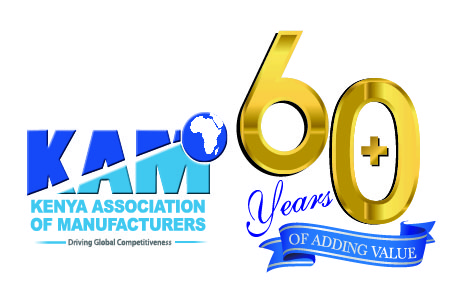It’s time to capitalize on our export potential
By Sachen Gudka
Pursuing export-led industrialization puts a country in a sustainable socio-economic development path. This was highlighted during the Source 21 COMESA International Trade Fair held two weeks ago, which saw government representatives from COMESA trade bloc showcase the need for opening up our markets, diversifying our manufactured goods and increasing our production capacity.
Exports have played a leading role in rapid growth, boosting the emergence of a modern manufacturing sector, providing employment and reducing poverty in global economies. This is demonstrated by the experiences of Taiwan and South Korea in the 1960s and 1970s, Malaysia, Thailand and Singapore in the 1970s, China in the 1980s and India in the 1990s.
COMESA, which was founded in 1994, presents us with a market of 540 million people and a Free Trade Area that currently comprises of 16 members, which Kenya is part of. Not only does the Free Trade Area offer producers and manufacturers of exportable products an enlarged market for their goods, but it also encourages longer production runs and better, cost-effective utilization of productive capacities.
In 2018, Kenyan exports to COMESA Member States accounted for Ksh. 160 Billion, which is a 3.8% decline from Ksh. 166.4 Billion in 2017, according to 2019 Economic Survey. Egypt remains one of the main competitors accounting about 19.4% of total exports within COMESA Member States in 2018, while Kenya accounted for about 18.3% (COMSTAT Database). The declining export trend calls for robust and strategic measures to increase our exports to the COMESA region. How can we realize this?
First, we must address the cost of production if we are to remain competitive in the regional market. Kenya’s manufacturing sector, for instance, has been operating at about 13% cost disadvantage compared to our neighbouring countries. Some of the challenges contributing to this include unfair competition from the illicit economy, unpredictability in the policy and regulatory environment and low liquidity in the market affecting operations and therefore productivity. If the cost of doing business is not addressed, we will see a further decline in our exports as countries that are more competitive take over our markets.
Second, we must diversify our export portfolio. Currently, COMESA countries mainly trade in agricultural products, which are similar despite the continent’s endowment with an abundance of natural resources, low labour costs, and business-friendly trade agreements. For instance, tea accounts for 15% of the total value of Kenyan exports to COMESA countries (COMSTAT Database). Such lean diversity limits our ability to competitively take up the huge market in the region. Diversifying our export portfolio will not only ensure that we accelerate growth, but will also see us hedge against adverse terms of trade shocks by stabilizing export revenues, increasing returns and protecting industry from an unpredictable declining trend in international prices of primary exports.
To realize this, we have to undertake value chain analysis on targeted high export potential sectors such as textiles and apparels, leather and footwear, foods & beverages, pharmaceutical and medical equipment, plastic, light engineering, furniture, motor vehicles and parts accessories sectors to ensure a direct link of value chains to target destination markets.
Third, we need to incorporate Small and Medium Enterprises (SMEs) along the value chain. SMEs are integral to the growth of our economy, hence, the full participation of SMEs in the value chain is crucial if we are to grow our industries and regional trade. This means that we have to put in place preference policies that will favour SMEs under procurement as well as having in place a market structure that supports SME lending, market access and capacity building.
Lastly, it is critical that all Member States respect standards, and that the standards are not used to create non-tariff barriers, which impede business. More so, the Rules of Origin and tariff discussions held since 2015 on Tripartite Free Trade Area should be adopted widely to avoid lengthy negotiations in African Continental Free Trade Area (AfCFTA).
Our prosperity as a country no longer lies on our productivity but the strategic choice of trading partners, export products and policies that promote export development. It is time we capitalized on this.
The writer is the Chairman of the Kenya Association of Manufacturers and Vice Chair of the COMESA Business Council and can be reached on info@kam.co.ke.
Looking for elevation? KAM lifts you up.
- Direct technical assistance
- Capacity building programmes
- Networking and mentorship
- Industry insights & analysis
- Trade & export development services
